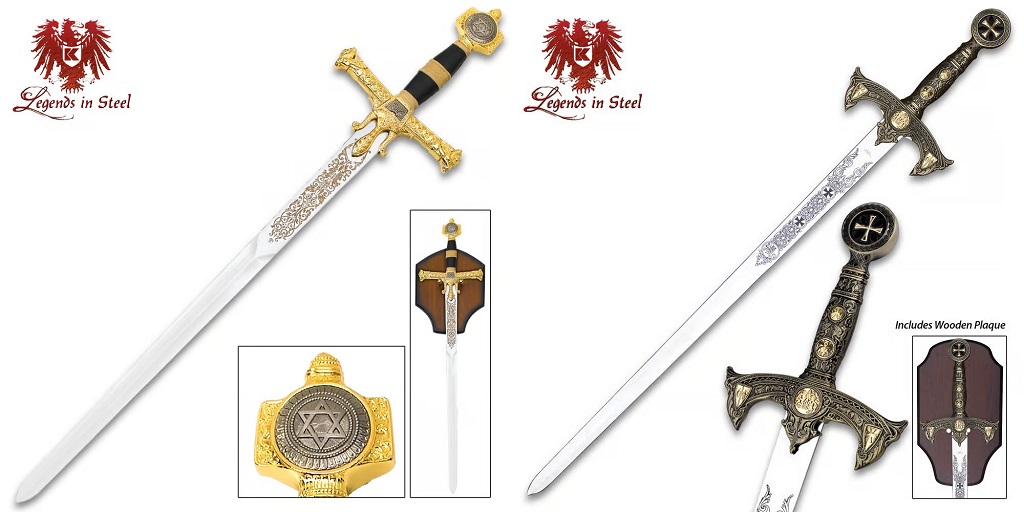
There is a world of difference between a real samurai sword and something that just looks like it. So much so that we might call the impostors “sword like objects” because in all honesty they are not swords.
This is absolutely one area in which you get what you pay for, but the truth is, it isn’t always just a matter of price. It’s a matter of construction and quality. Here are 5 problems you won’t experience with a real samurai sword.
Chips in the Blade Edge
A real samurai sword will not just be made with an appropriate steel alloy, but it will also be appropriately tempered so as to offer the right balance of hardness and shock absorption properties.
Samurai swords are clay tempered, with a harder edge, but not one that’s so hard that it chips. As long as you’re not intentionally striking rocks or other hard objects, you shouldn’t experience a chipped edge.
A Rolled Edge
A rolled edge is a problem with some blades that occurs when the edge is too soft, rather than too hard. But since traditional Japanese swords are tempered with a harder edge, you shouldn’t have a problem here. A real samurai sword will have an appropriately tempered blade that should resist this issue.
A Bent Blade
The main thing that causes a bent blade is a temper that’s inconsistent or inappropriate for the application. Since battle-ready, real samurai swords are always made from appropriate alloys such as T10 and 1045, and given a suitable temper, the blade isn’t going to bend, even if you try. You can put a lot of stress on a real samurai sword and it will return to true without taking a set.
A Snapped Tang
Some sword-shaped objects are made with steel alloys that are too high in carbon and therefore too brittle even when shaped and tempered, to be used as a sword. A blade that’s too brittle is liable to snap, and the two areas most likely to snap are the point and the tang (nakago) with the latter being the most likely. However, with the use of a proper alloy, this risk is much lower, almost nonexistent.
A Flaking or Chipping Scabbard
Real samurai swords are made with high quality sayas (scabbard) that are generally made of lacquered wood. The better ones won’t flake or chip like the cheap ones.
Something You Will Experience with a Real Samurai Sword
There is one thing that will befall you with a real samurai sword that you might not have expected, and it’s rust.
No real swords are made with stainless alloys – at least, not with very rust-resistant ones. The effect of this is that real samurai swords will rust if not properly cared for.
Always clean and dry the blade after use, oil the blade before storing, and store the sword somewhere appropriate, that’s cool and dry.
Chronically humid conditions will rust the surface of the blade, it’s just a matter of time. The best thing you can do after making sure it’s clean and dry is not to store it somewhere that will encourage the formation of rust on the blade.
Where to Learn More About Authentic Japanese Swords
Want to learn more about what constitutes a quality Japanese sword, one that’s battle ready and can be used for live cutting practice or training?
Visit True Swords. They carry a wide variety of battle ready swords, and among them are authentic Japanese swords such as wakizashi, katana, and odachi swords. Visit their website or get in touch with them for more information.
For more information about Sword Cane and Rengoku Sword Please visit: True Swords.




